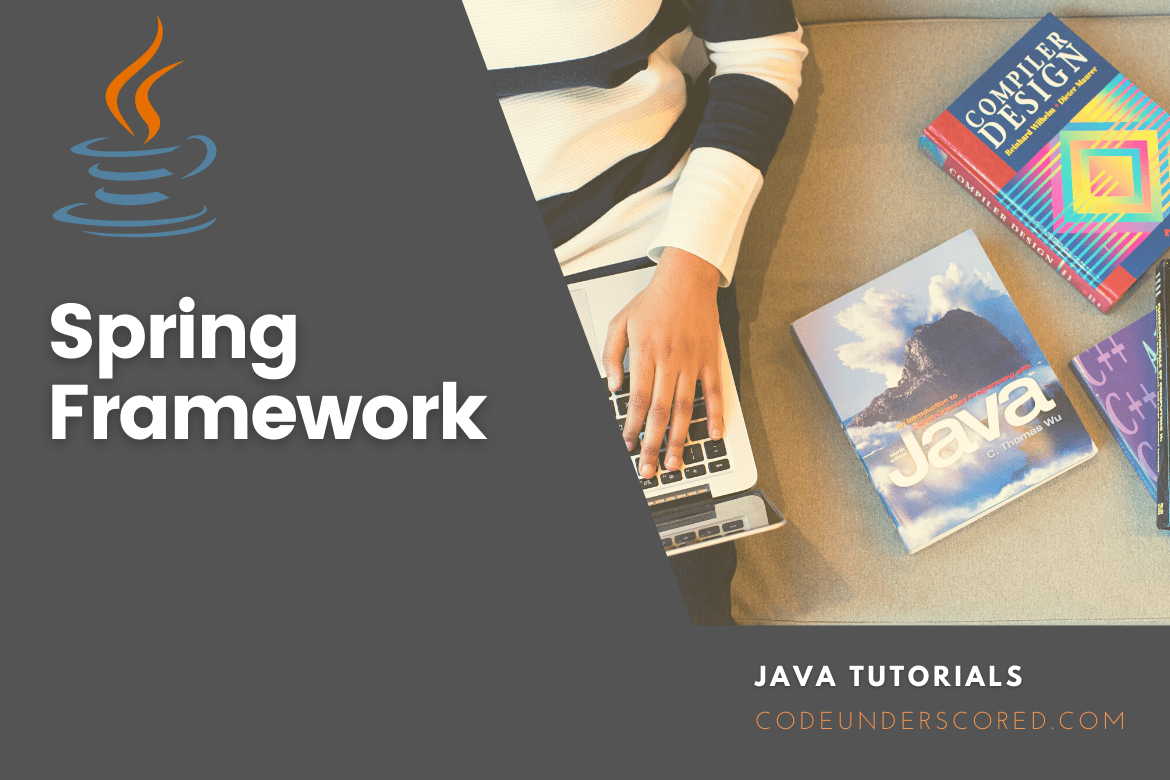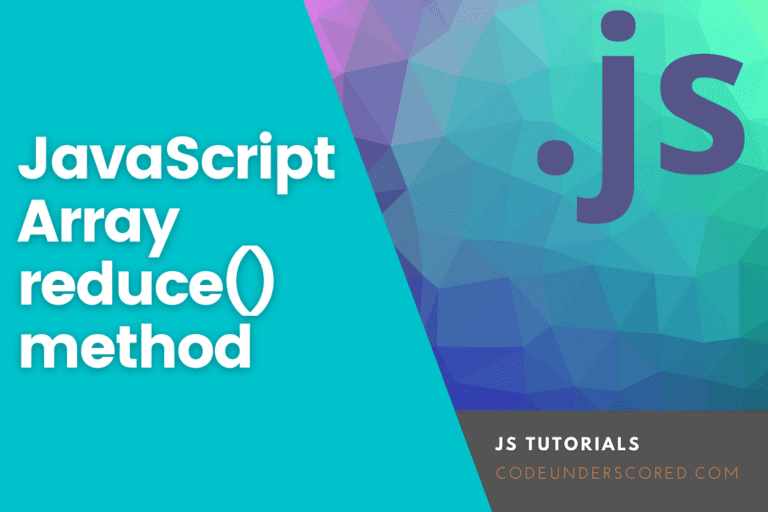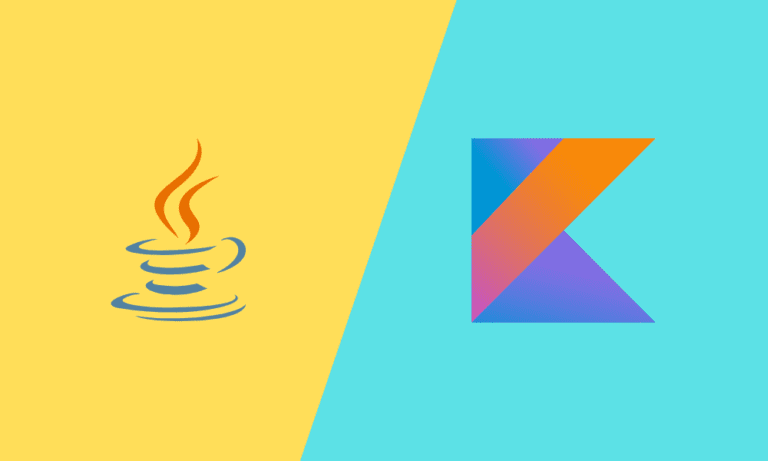An open-source app framework called the Spring Framework, or simply Spring, offers infrastructure aid for creating applications in the Java language. Spring is one of the most well-liked and versatile Java Enterprise Edition (Java EE) frameworks. It assists programmers in building fast Java objects-based applications (POJOs).
Developers can add code to a big body of prepackaged code called a framework to solve problems in a particular domain. Java Server Faces (JSF), Maven, Hibernate, Struts, and Spring are just some well-known Java frameworks. The Apache 2.0-licensed Spring Framework was made available in June 2003 by Rod Johnson and is hosted by SourceForge.
Why is Spring attracting such attention?
Java programs are not just intricate but also comprise numerous extremely powerful elements. Heavyweight, for instance, denotes a dependency on the operating systems’ underlying for the functionalities of the component and its appearance.
Spring is regarded as an affordable, safe, and adaptable framework. The reasons for this include its lightweightness, a large community of support, effectiveness at leveraging system resources, increased coding productivity, and decreased the time required to construct an application overall.
Spring is outstanding for freeing up the developers’ time to write business logic by eliminating tiresome configuration tasks. Developers can consequently concentrate on the application because Spring takes care of the infrastructure.
Advantages of the Spring Framework
Here is a miniaturized list of some of the many advantages of using the Spring Framework:
- Utilizing POJOs, Spring enables developers to create enterprise-class apps. The advantage of solely POJOs is that you may use a reliable servlet container like Tomcat or another commercial product instead of an application server or other EJB container product.
- Spring is set up in a modular way. Despite the considerable number of packages and classes available, you should focus on the ones you need and disregard the rest.
- Instead of inventing new technology, Spring effectively uses several existing ones, including many ORM frameworks, logging frameworks, JEE, Quartz and JDK timers, and other view technologies.
- Since environment-dependent code is transferred inside the Spring framework, testing an application created with this framework is easy.
- Additionally, employing POJOs in the JavaBean format makes it simpler to inject test data using dependency injection.
- A wonderful alternative to over-engineered or less well-known web frameworks like Struts is Spring’s web framework, a well-designed web MVC framework. For example, JDBC, Hibernate, or JDO errors can be thrown in a consistent, unchecked exception using the easy API provided by Spring.
- IoC lightweight containers frequently weigh less than EJB containers, for instance.
- It is advantageous for creating and distributing software for devices with constrained RAM and CPU capacity.
- Spring offers a uniform transaction management interface that scales up to global and local transactions—for example, utilizing a single database. Alternatively, there is an example of using JTA.
How does Spring operate?
Web apps often have a layered architecture of three layers.
- The outermost layer, or the first layer, is the presentation/view layer (UI), which handles user interaction and content presentation.
- Business logic layer: The main layer is responsible for the logic of the program.
- The deep layer is responsible for handling the retrieval of data from sources, and this is what we refer to as the access layer of data.
For an app to function, each layer relies on the other layers. In other words, the layer for accessing data communicates with the layer handling the business logic and portrays this via the presentation layer. As a result, every layer needs dependence to fulfill its purpose. The typical features of an app comprise numerous dependencies and thousands of classes.
Code for an application is prone to interdependence, i.e., there is a lot of close connectedness without a Spring Framework. The latter is not regarded as good coding practice.
The latter case is because loosely coupled components are ideally separate. Hence modifications to one won’t influence how others function. Loose coupling is good.
Dependency injection is Springs’ core concept. A dependency injection programming style enables programmers to create more loosely connected architectures. Because Spring uses dependency injection, it recognizes the numerous Java annotations placed by programmers on top of the classes. The developer wishes to create an instance of a class, and Spring is aware that it should be managed by Spring. Additionally, Spring is aware of the dependency and ensures that all newly created instances have appropriately populated dependencies.
A programmer only needs to tell the Spring Framework which objects to manage and the dependencies for each class to create objects and fill in the dependencies.
A developer accomplishes this using annotation such as:
@component
The @component informs Spring of the classes it should manage (create). Further, it identifies the beans (objects) as managed components, allowing Spring to discover these classes for dependency injection automatically.
@autowired
Spring is instructed on how to handle class instantiation by the @autowired annotation, which causes it to start searching for dependencies between components and classes to locate a match. As a result, developers are spared from writing code, and Spring can determine what needs to be injected where.
Essential terminologies when working in Spring Framework include:
Autowiring
The method by which Spring locates dependencies, matches them, and populates them is known as autowiring.
Bean
A Spring bean is an object that the IoC container instantiates, creates, and manages. The foundation of an application is made of beans.
Dependency Injection (DI)
Dependency injection is a programming design approach that creates loosely connected code, meaning that any modification to one part of the code won’t impact the other.
The Dependency Injection (DI) variant of Inversion of Control is the technology that Spring is most commonly associated with. A broad idea, the inversion of control (IoC), can be stated in numerous ways. One specific illustration of inversion of control is dependency injection.
Application classes should be as independent of other Java classes as feasible when creating a large Java application to maximize the likelihood that these classes are reused and will be unit-tested independently of other classes. These classes can be joined together while yet remaining independent with the use of dependency injection.
Inversion of control
IoC refers to transferring control from the class to the Spring Framework.
Inversion of control container
The core of the Spring Framework is an inversion of the control container, where objects are created, connected, configured, and managed throughout their lives.
Programming with aspects (AOP)
The Aspect Oriented Programming (AOP) framework is vital to Spring. Cross-cutting concerns are the operations that span various locations of an application and are conceptually distinct from the application’s business logic. Aspects can be described in many varied ways, with common good examples including logging, declarative transactions, security, caching, etc.
In OOP, the class is the primary unit of modularity, but in AOP, the aspect is the primary unit. While AOP aids in decoupling cross-cutting concerns from the objects they affect, DI aids in decoupling application objects from one another.
You can build method-interceptors and pointcuts to neatly decouple code that implements functionality that should be separated using the AOP module of the Spring Framework, which offers an aspect-oriented programming implementation.
Conclusion
For enterprise Java, Spring is the most widely used application development framework. Millions of developers use Spring Framework to produce high-performing, simple-to-test, and reusable code. A Java platform that is open source is the spring framework. It was initially written by Rod Johnson and published for the first time in June 2003 under the Apache 2.0 license.
On matters of size and transparency, Spring is thin. The size of the Spring framework’s base version is about 2MB.
Although there are extensions for creating web applications on top of the Java EE platform, the essential elements of the Spring Framework may be utilized to create any Java program. By supporting a POJO-based programming model, the Spring framework aims to make J2EE software easy to use and encourages good programming habits.







